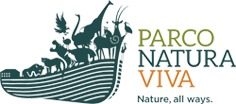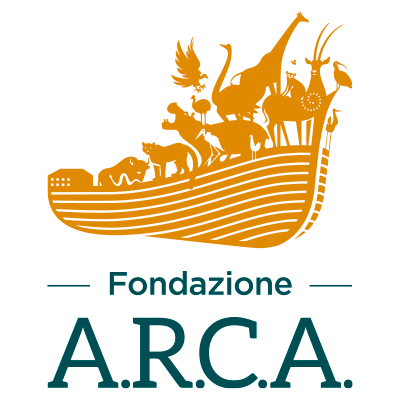Griffon Vulture Project
In the collective imagination, vultures are given a sinister charm. And yet, they cover a fundamental role in the ecosystem, especially against the spread of diseases and the proliferation of dangerous microorganisms. Since 2000, Parco Natura Viva has been giving importance to the area destined to host the European fauna, and among the species the griffon vulture has been chosen as a flag species for its important role in the ecosystem, for its cultural value as the mythical “winged lion of the Venetian Republic”, and because the park itself houses and breed reproductive pairs and is involved in the project of reintroduction in nature of the Natural Regional Reserve of Cornino Lake in Friuli-Venezia Giulia.
Parco Natura Viva collaborates with the griffon vulture repopulation project in the eastern Alpine area, supporting the monitoring centre located in the Natural Regional Reserve of Cornino Lake in Friuli-Venezia Giulia, offering also scientific advice and veterinary support. Furthermore, the park participates actively to the reintroduction of this species in Friuli-Venezia Giulia, where some individuals born and raised in the park have been released over the years. Thanks to the application of radio collars it’s possible to conduct a careful monitoring and thus obtain important information useful to better understand the movement of this species throughout Italy.
The park has been involved for years in the conservation of the griffon vulture, and in 2003 it hosted the first Italian meeting entitled "The griffon in Italy". Furthermore, it often funds the purchase of these radio collars, and in 2013 contributed to the installation of two high-definition video cameras, active 24 hours a day, on the reserve’s feeding site, which allow better monitoring of the individuals attending this area.
The park has been involved for years in the conservation of the griffon vulture, and in 2003 it hosted the first Italian meeting entitled "The griffon in Italy". Furthermore, it often funds the purchase of these radio collars, and in 2013 contributed to the installation of two high-definition video cameras, active 24 hours a day, on the reserve’s feeding site, which allow better monitoring of the individuals attending this area.
Go to the webcam |
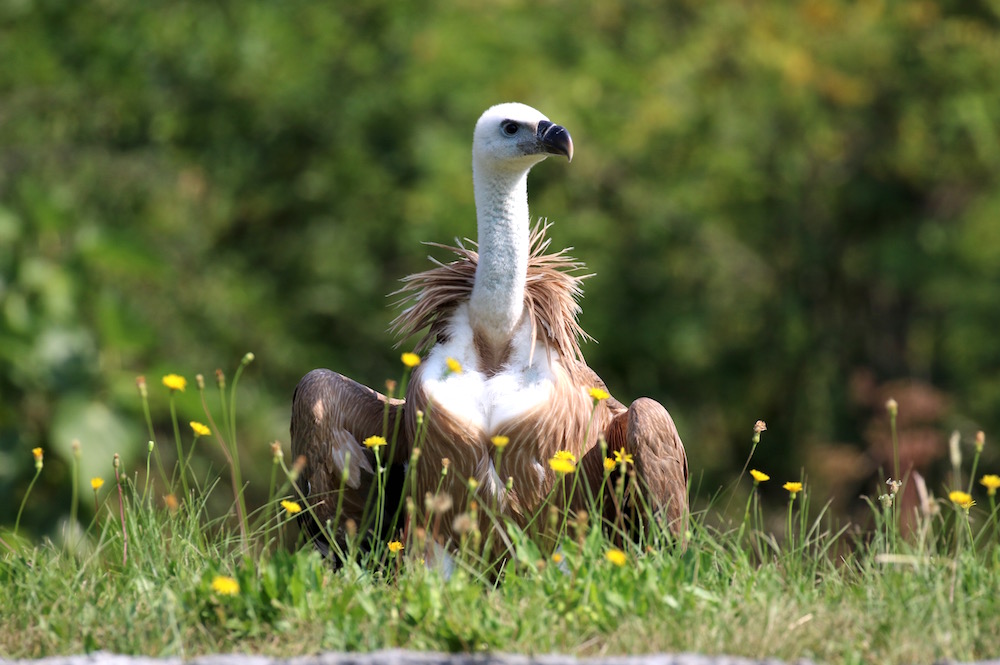 |
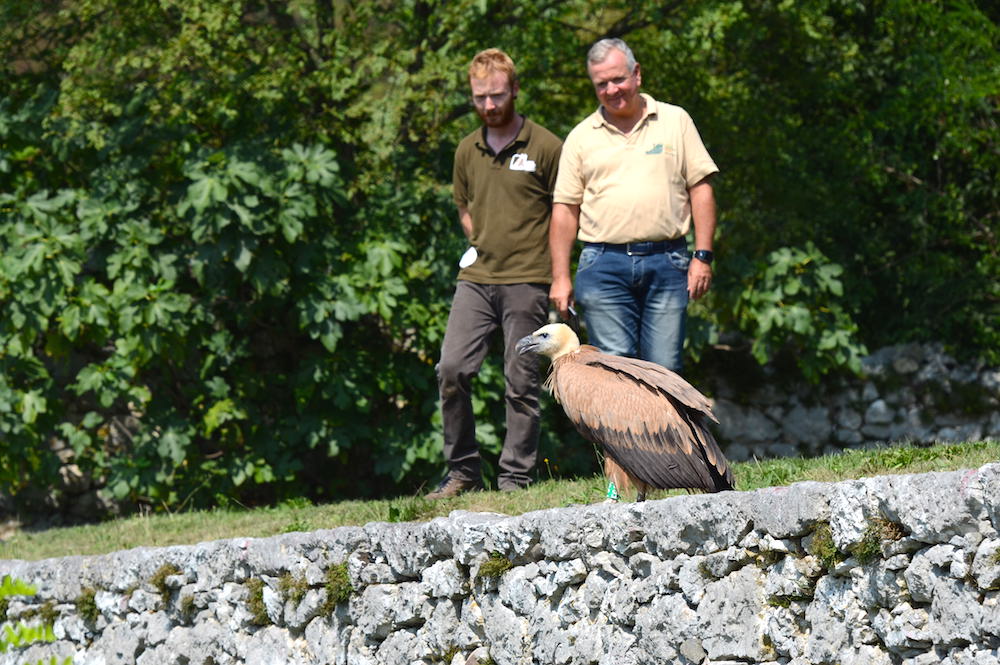 |
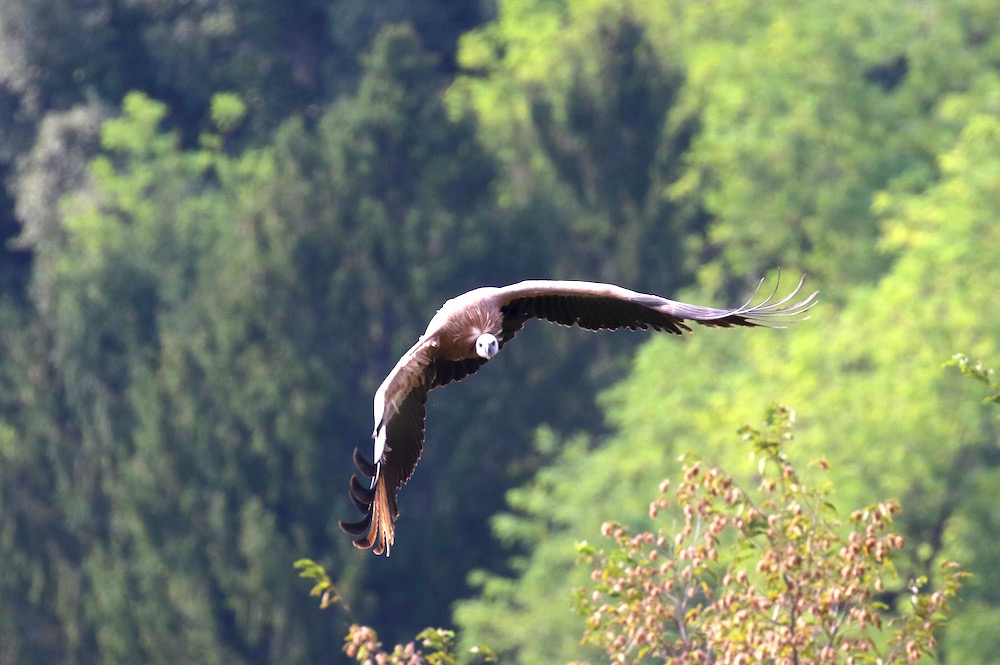 |
The griffon vulture is a species that, despite its wide distribution across Africa, Europe and Asia, sees a population with a low density and is classified as “Least Concern” in the IUCN Red List. The causes of threat of this species are to be attributed mainly to the control that humans want to exercise on vultures, always persecuted because of false popular beliefs. In fact, many birds are killed by the poison placed in carcasses. Another threat is linked to the scarce presence of food, as animals that die in the wild are less and less thanks to a great control over domestic fauna and appropriate veterinary care. Also, illegal hunting threats their survival. This has caused widespread population decline, leading to the extinction of the species in some areas such as the French Alps. Today conservation programmes are implemented on one hand to introduce new individuals in areas where they were historically present, on the other hand to raise awareness among the local population.
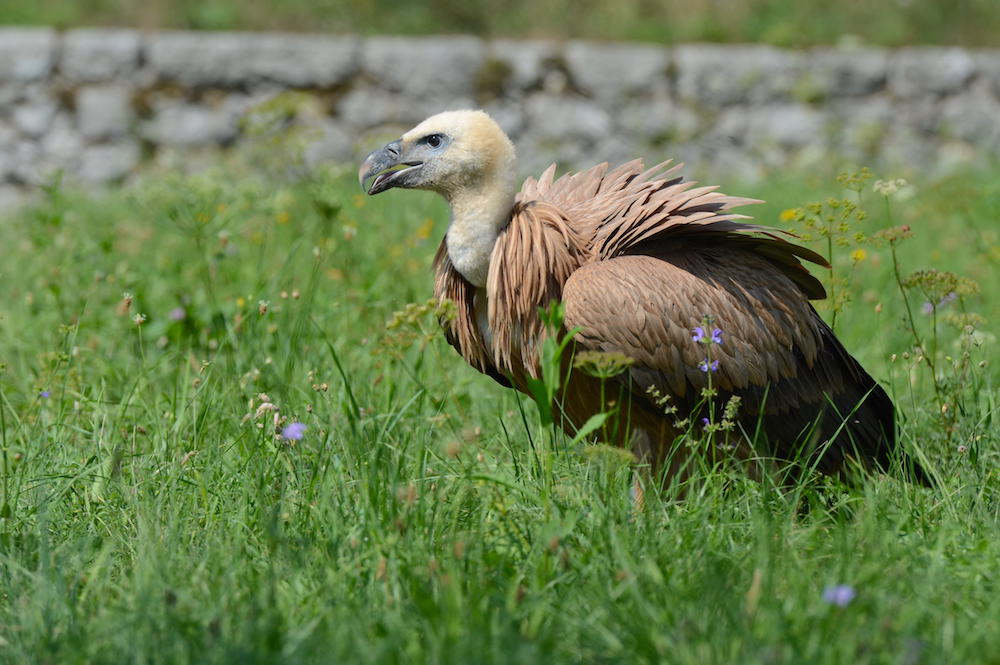 |
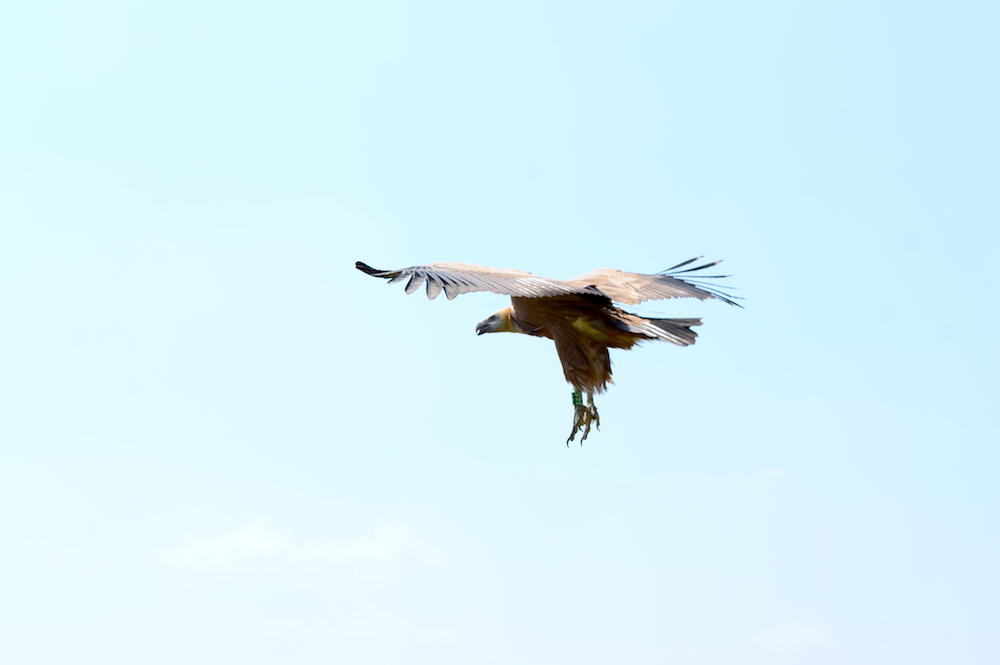 |
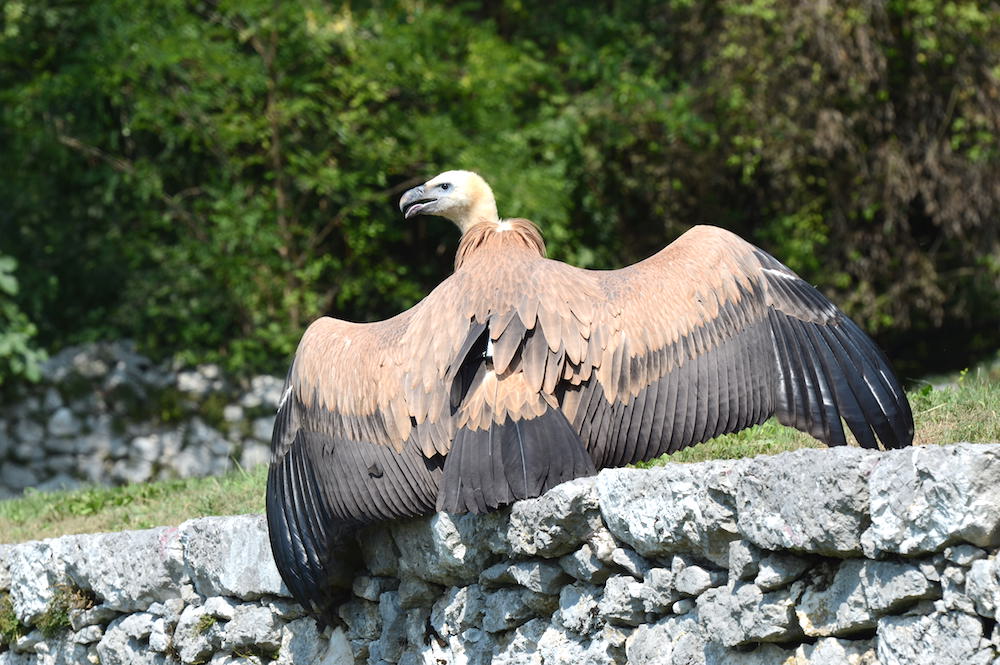 |
For years, Parco Natura Viva has been housing reproductive pairs of griffon vultures: all individuals are part of the EEP ex-situ conservation programme, that puts attention to these animals’ breeding, not always easy in controlled environments. Currently the present pair is in reproduction and not visible to the public in order to limit the effects of human disturbance, thus favouring better chances of laying and hatching an egg.
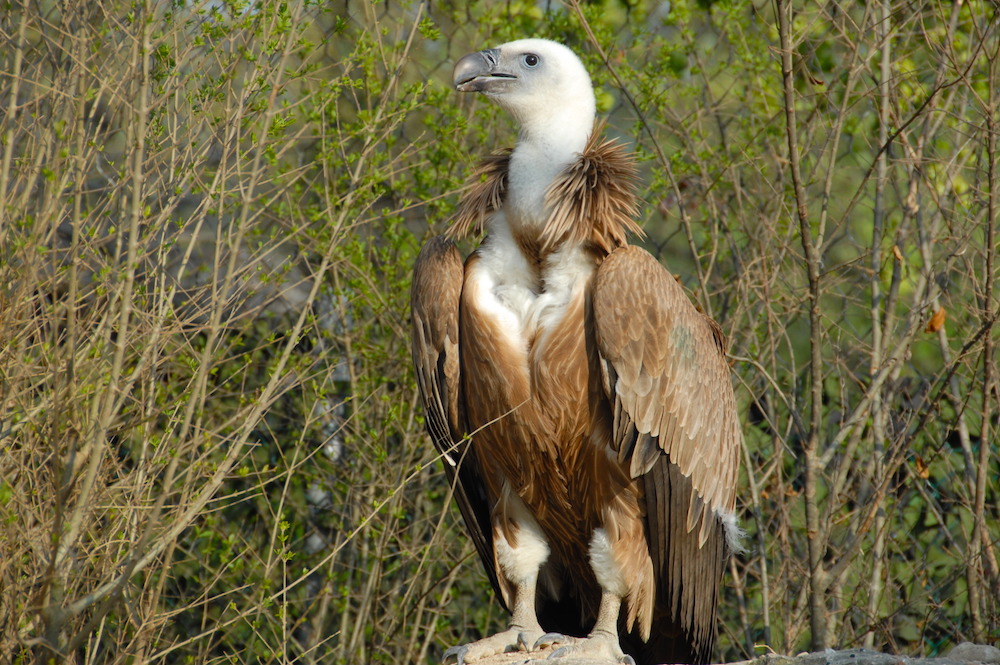 |
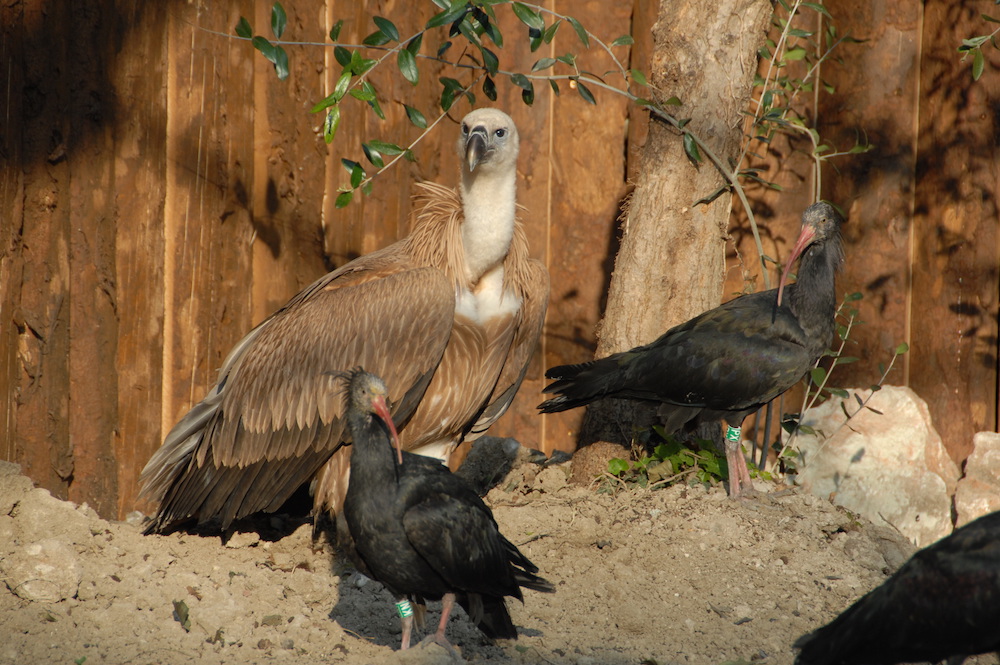 |
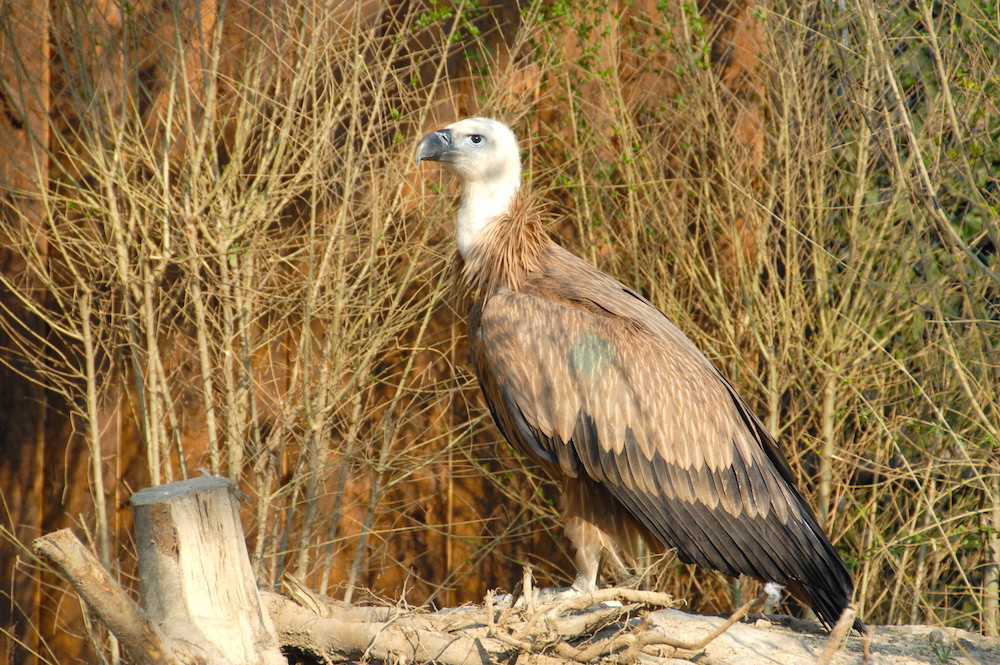 |
Every year, Parco Natura Viva celebrates the International Vulture Awareness Day on the 1st Saturday of the month of September and participates to the release of a griffon vulture at the Natural Regional Reserve of Cornino Lake in Friuli-Venezia Giulia.
In 1993 Parco Natura Viva donated a reproductive pair to the Reserve, so that they could breed, and then include the young born in the reintroduction project in the wild. In 2003, a griffon born in the park was directly released into the Reserve and was then followed, in 2005, by the first born of the reproductive pair. After a long period of laying eggs, without consequent hatching, in 2011 the second chick was barn and released in the same year. From 2013 to 2017 other 5 individuals were born and they were all released in the wild as part of the reintroduction project.
In 1993 Parco Natura Viva donated a reproductive pair to the Reserve, so that they could breed, and then include the young born in the reintroduction project in the wild. In 2003, a griffon born in the park was directly released into the Reserve and was then followed, in 2005, by the first born of the reproductive pair. After a long period of laying eggs, without consequent hatching, in 2011 the second chick was barn and released in the same year. From 2013 to 2017 other 5 individuals were born and they were all released in the wild as part of the reintroduction project.
2013
Within the project “Osservati Speciali” of the Natural Regional Reserve of Cornino Lake, Parco Natura Viva funded the installation of 2 high-definition video cameras, active 24 hours per day, and used for monitoring the griffon vultures’ feeding site.
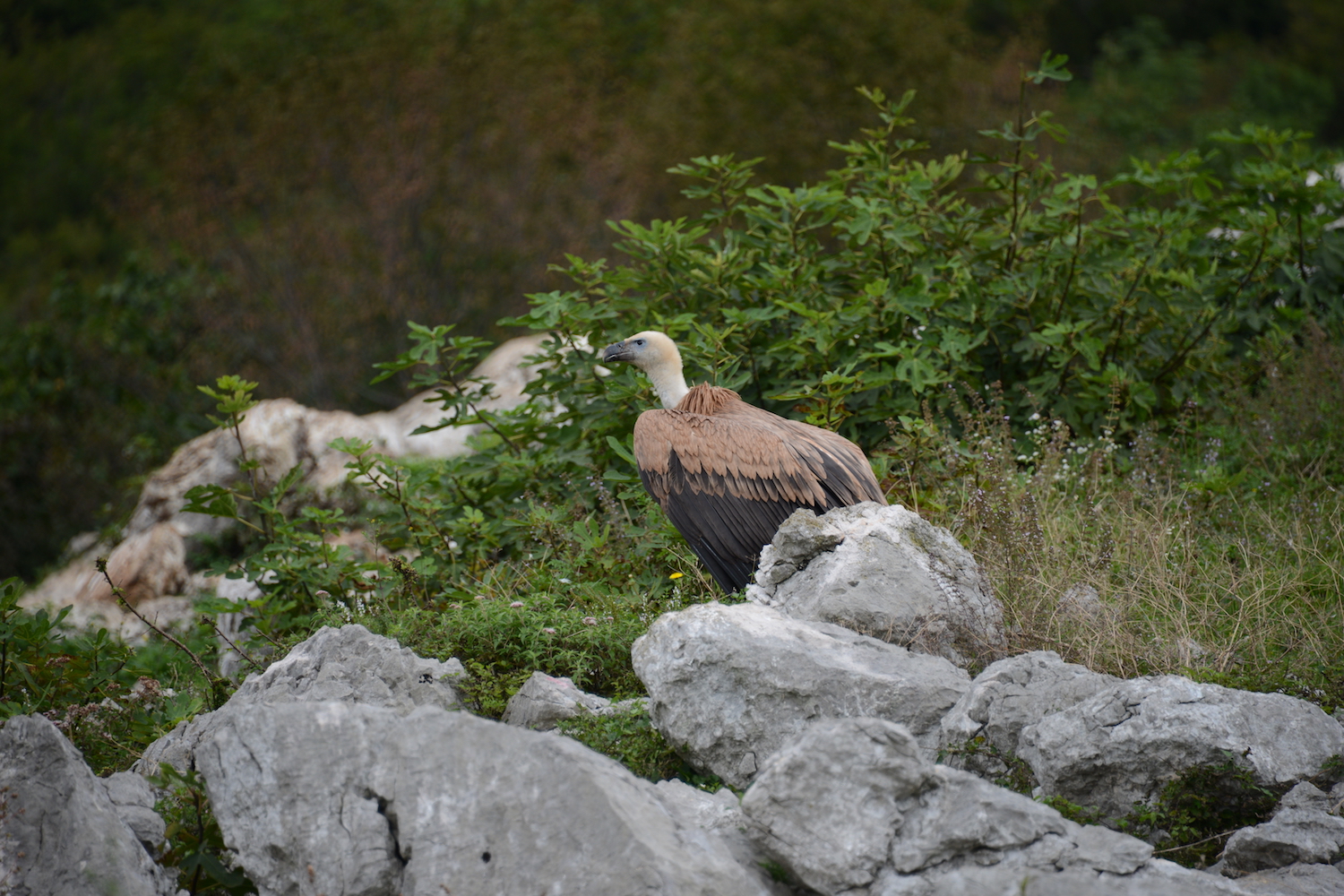 |
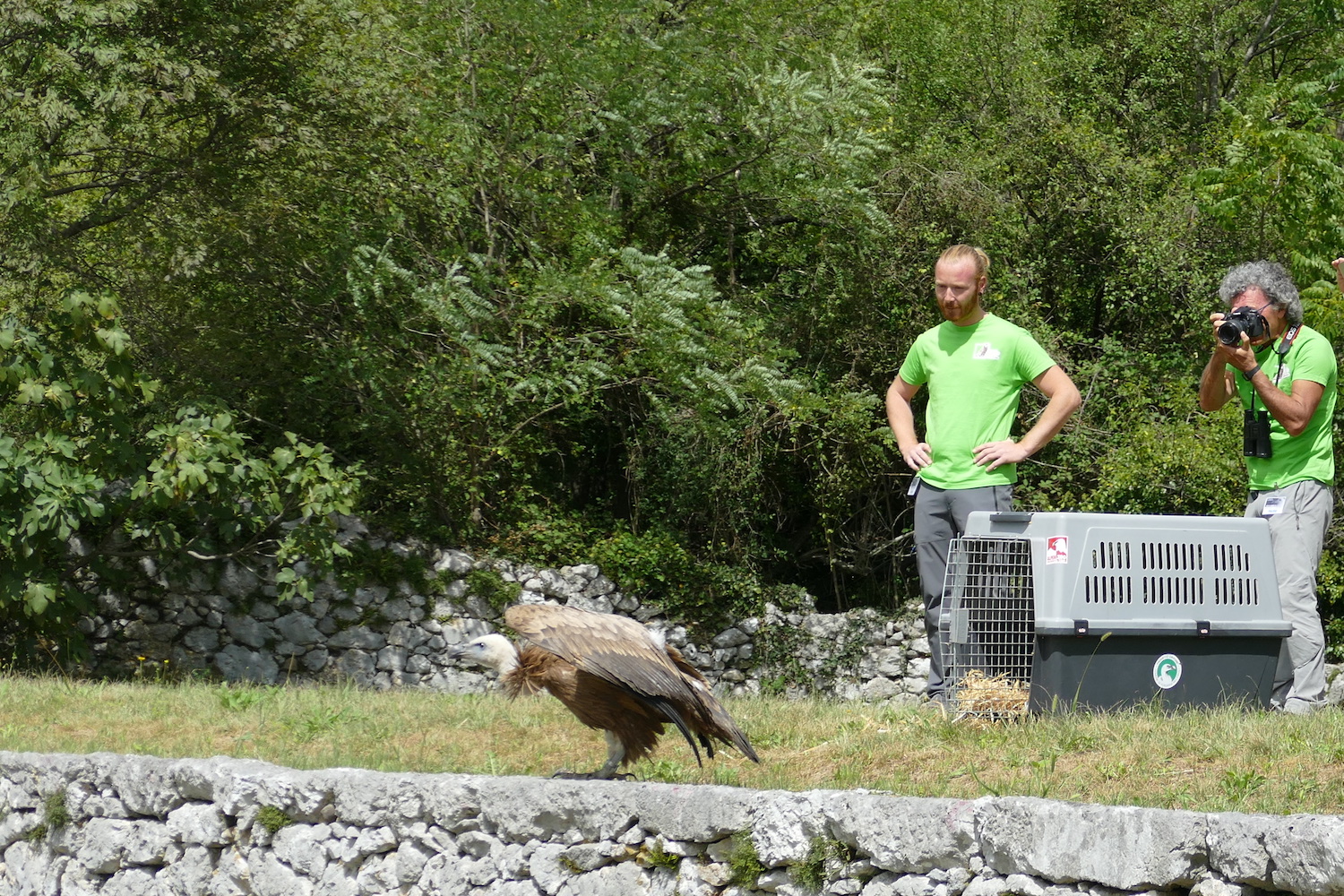 |
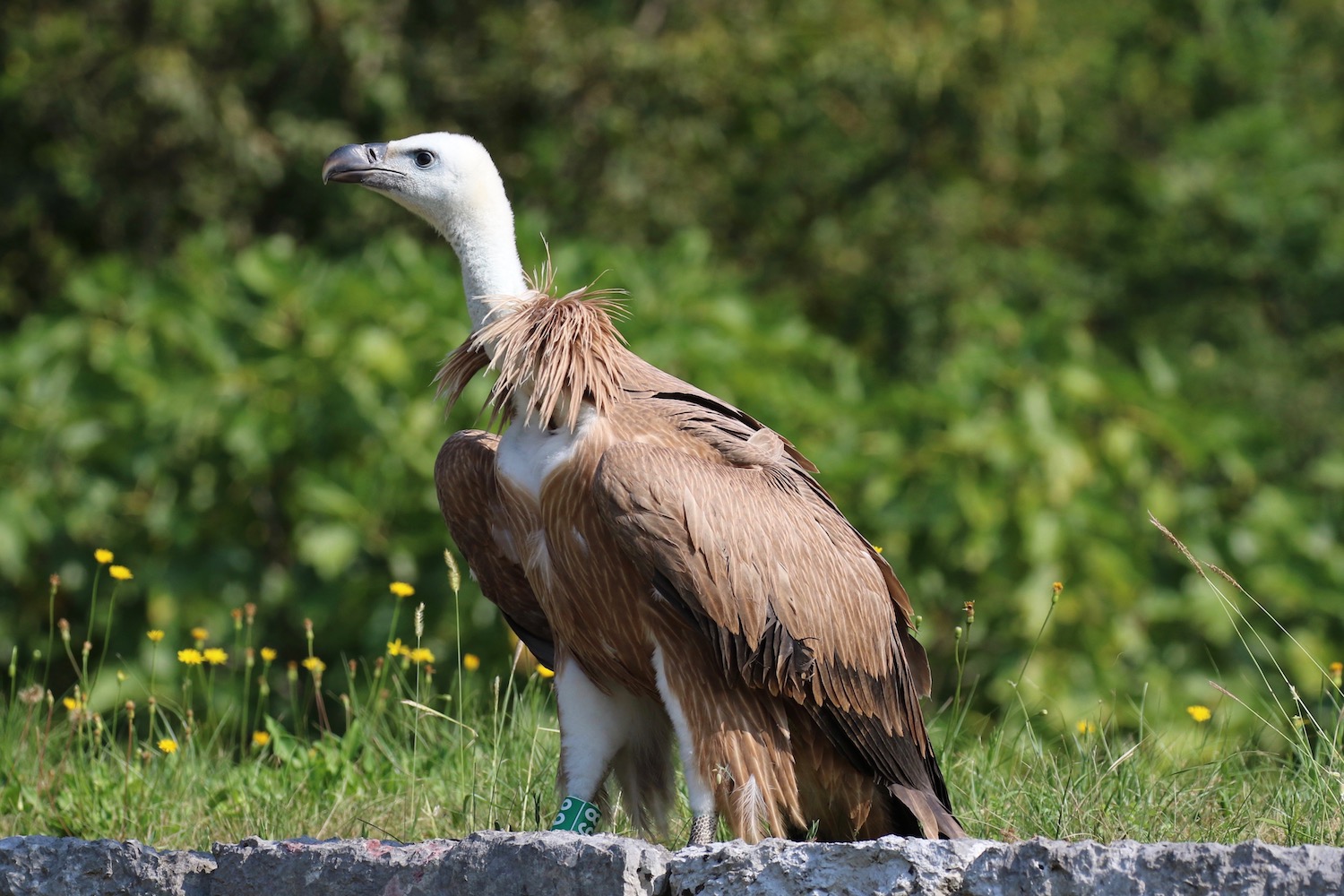 |
If you are interested in this project and you want to help saving the griffon vulture and its habitat, there are different ways in which you can contribute. By participating to the activities organized by Parco Natura Viva, such as guided tours, educational workshops and the International Vulture Awareness Day, you can learn more about this species and the threats to its survival, also learning what behaviours to adopt in everyday life to protect their habitat. By adopting the park’s griffon vultures you will directly contribute to help finance this project; but even with your visit to the park you will be able to make a concrete contribution to conservation, since a percentage of the value of the admission ticket is always destined to in situ conservation projects. Finally, by making other people aware of the problems of animals in the wild, you can actively help spread the knowledge and guarantee a future for the griffon vulture in its natural environment.
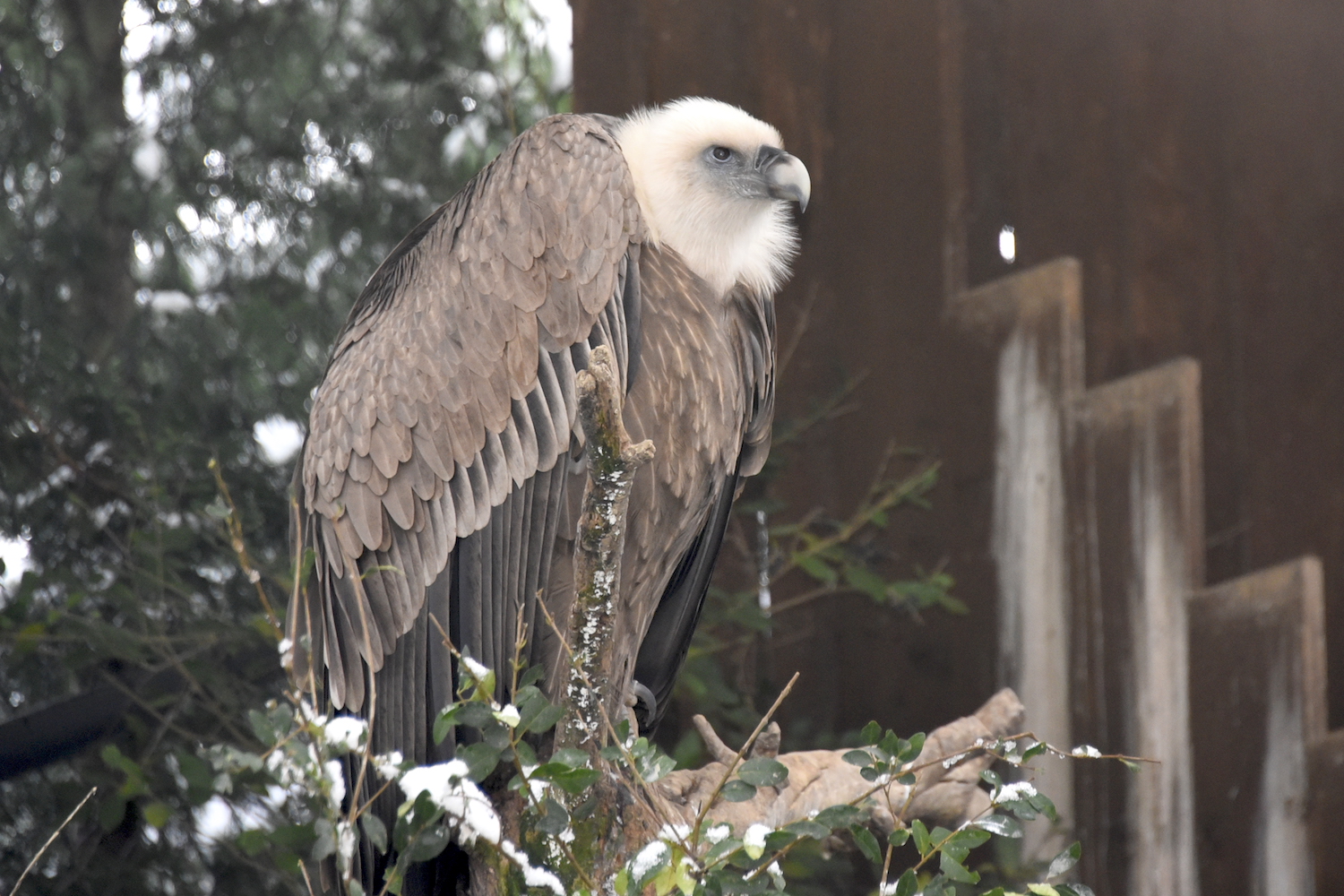 |
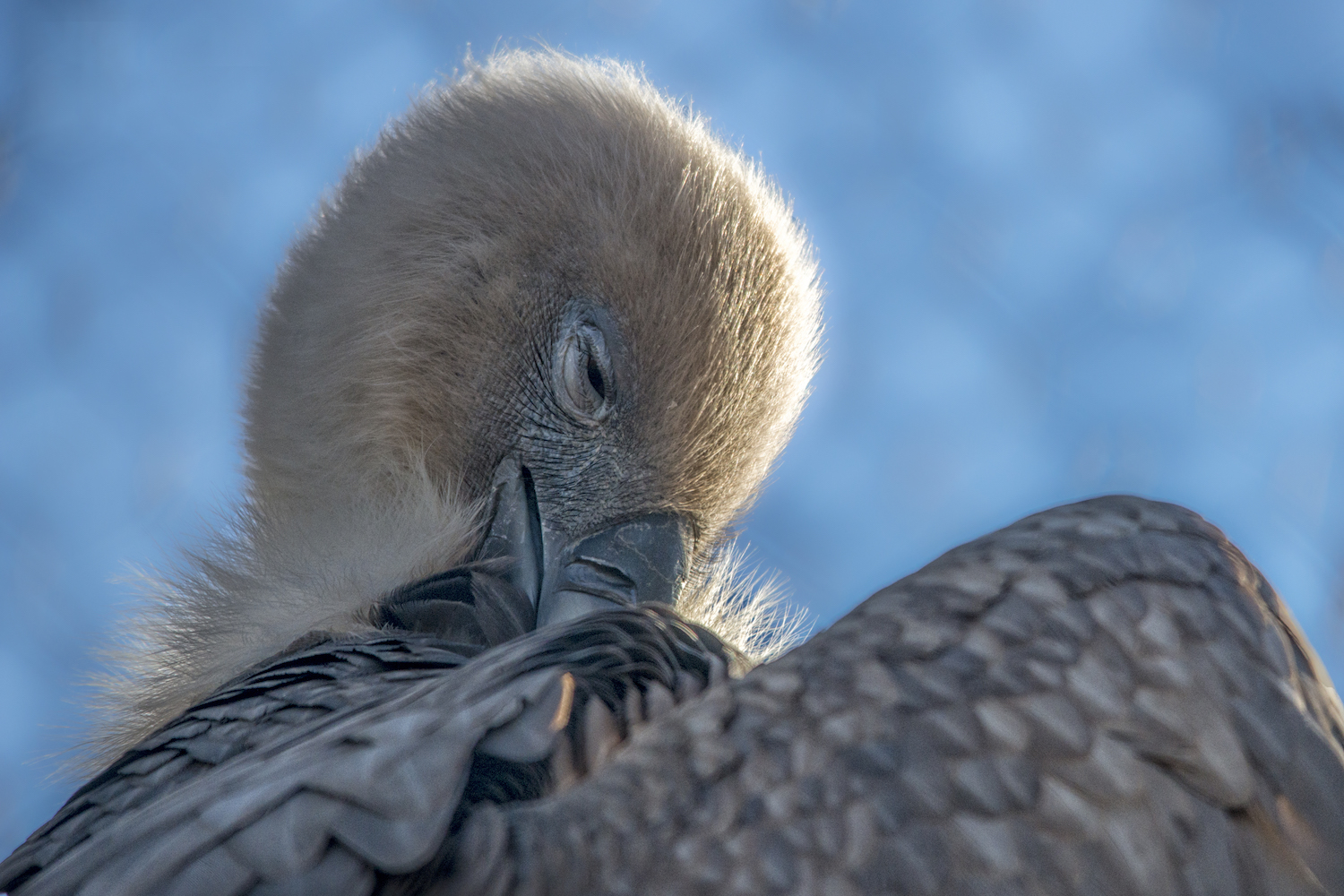 |
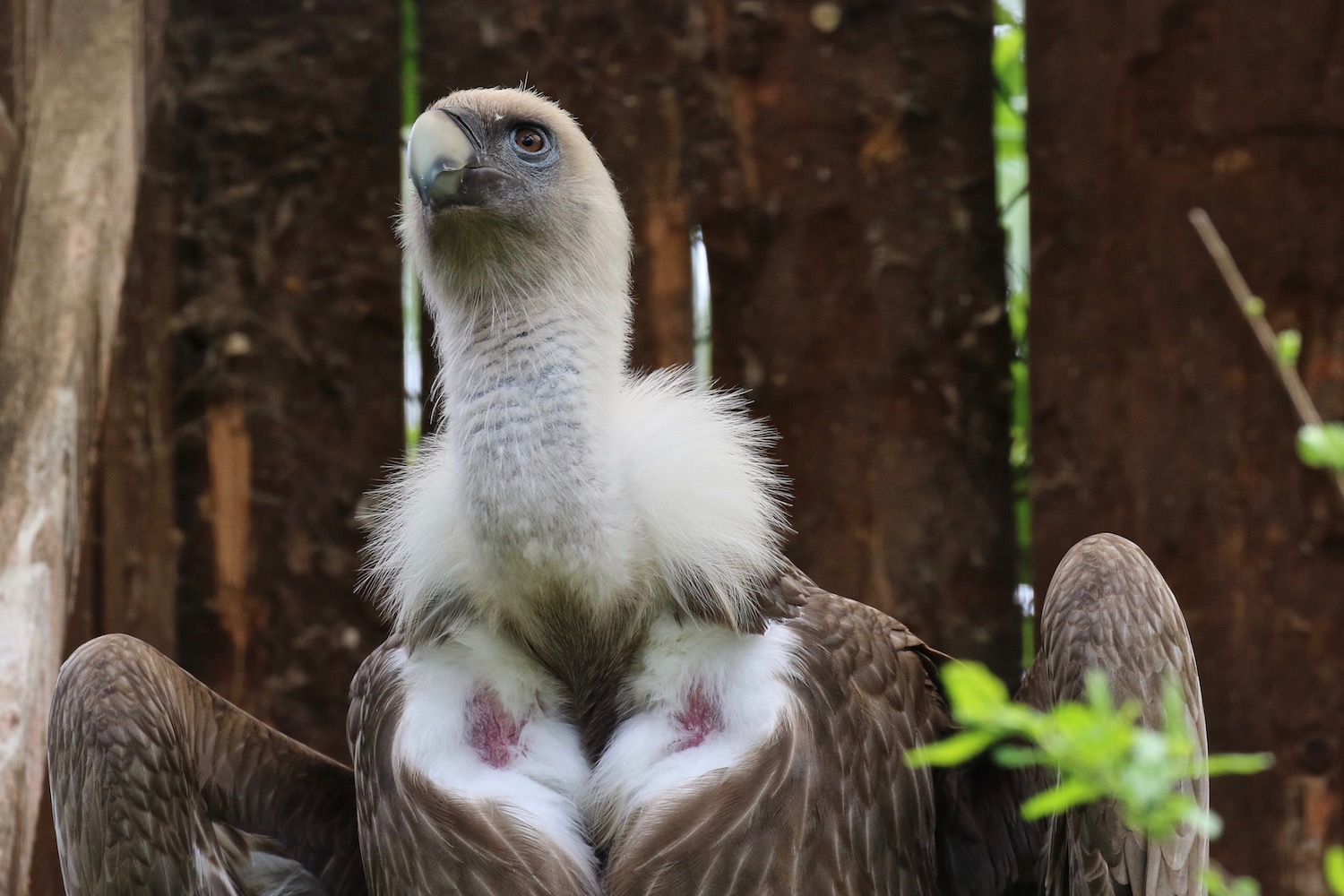 |
 Italiano
Italiano English
English Deutsch
Deutsch

